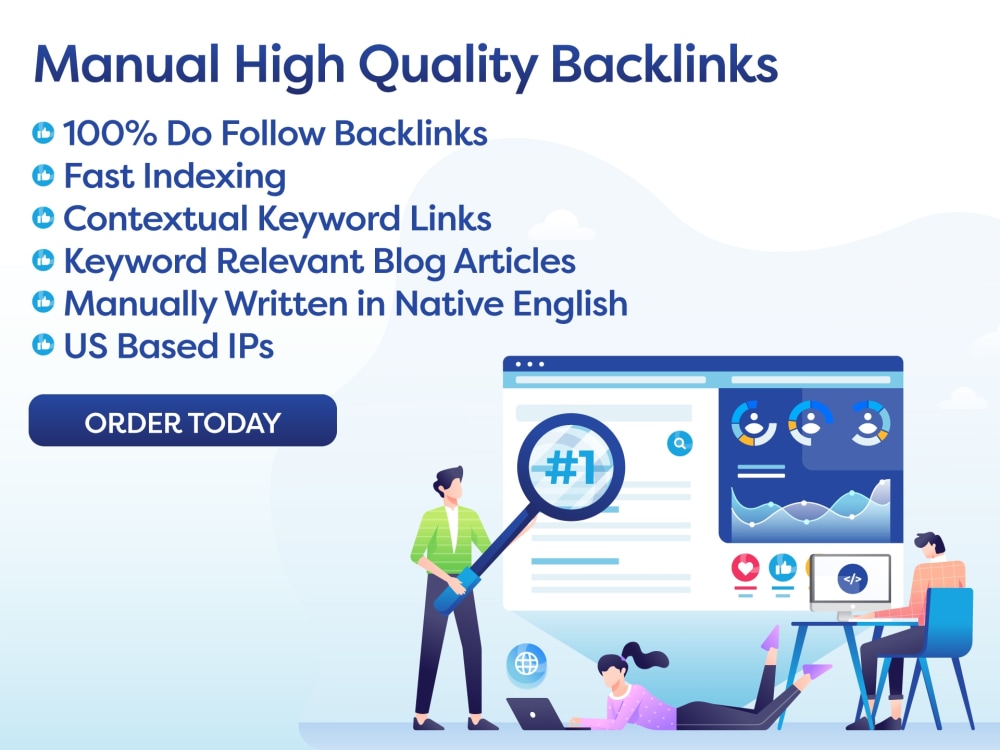Latent Semantic Indexing: SEO’s Secret Weapon
Introduction
In the ever-evolving world of search engine optimization (SEO), staying ahead of the game is crucial for businesses and websites to maintain their online presence. One of the most effective tools in the SEO arsenal is Latent Semantic Indexing (LSI). This technique has revolutionized the way search engines understand and rank content, making it a powerful secret weapon for any website looking to enhance their visibility and relevance in search engine results pages (SERPs).
What is Latent Semantic Indexing?
Latent Semantic Indexing (LSI) is an algorithm used by search engines to analyze the relationship between words and their context in a piece of content. This technique allows search engines to understand the true meaning and relevance of a webpage’s content, rather than just relying on specific keywords. LSI was first introduced by Bell Laboratories in the 1980s, but it wasn’t until the early 2000s that search engines began implementing it into their algorithms.
How does LSI work?
LSI works by analyzing the entire content of a webpage, rather than just focusing on specific keywords. It looks for patterns and relationships between words and phrases to determine the overall topic and relevance of the content. This allows search engines to provide more accurate and relevant results to users, rather than just matching keywords. For example, if a user searches for “best pizza in New York,” LSI would not only look for pages with those exact words but also consider related terms such as “New York-style pizza” or “authentic pizza in New York City.”
Why is LSI important for SEO?
LSI has become a crucial factor in SEO because it allows websites to rank for related terms and topics, not just specific keywords. This means that even if a webpage doesn’t include a certain keyword, it can still rank well for that topic if it is deemed relevant by LSI. This also helps to combat keyword stuffing, where websites would overload their content with specific keywords to rank higher in search results. With LSI, search engines can understand the overall context and relevance of a webpage, making the content more valuable and useful for users.
How to use LSI in your content
To effectively use LSI in your content, it’s essential to understand the related terms and phrases that are relevant to your topic. This can be done by using tools like Google’s Keyword Planner or LSIGraph to identify related terms and phrases. Incorporate these variations naturally into your content, rather than forcing them in. LSI should be used as a supplement to your content, not as a replacement for targeted keywords.
The benefits of LSI
Using LSI in your content can have several benefits, including:
- Enhancing your content’s relevance: By using related terms and phrases, LSI helps to improve the overall relevance of your content, making it more valuable for users.
- Ranking for more keywords: LSI allows your content to rank for related terms and topics, increasing the chances of appearing in more search results.
- Improving user experience: With LSI, search engines can provide more accurate and relevant results to users, improving their overall search experience.
- Staying ahead of the competition: As more websites start using LSI in their content, it’s essential to stay ahead of the game and utilize this technique to maintain a competitive edge.
Conclusion
Latent Semantic Indexing (LSI) is a powerful tool in the world of SEO, allowing websites to rank for related terms and topics, rather than just specific keywords. By understanding how LSI works and incorporating it into your content strategy, you can enhance your content’s relevance and improve your chances of appearing in search results. So next time you’re creating content, remember to utilize LSI as your secret weapon for SEO success.

